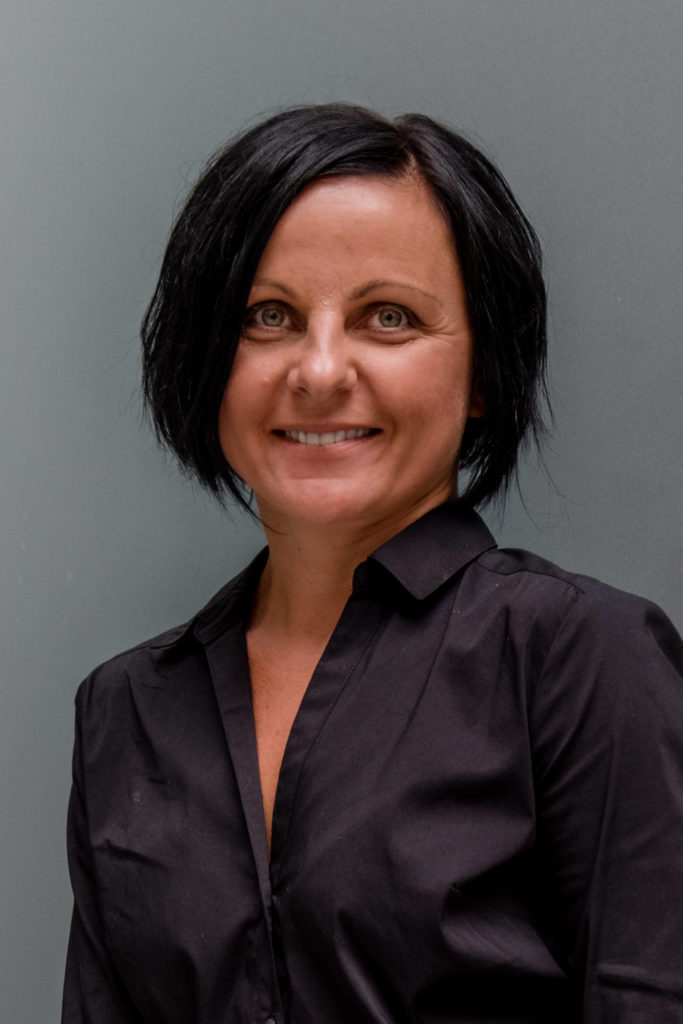RIFM’s Aurelia Lapczynski to Present Environmental Safety Research at SETAC Europe 2025
5.8.25

The Research Institute for Fragrance Materials (RIFM) is proud to announce that Principal Scientist Aurelia Lapczynski will present both a poster and a platform presentation at the 35th Annual Meeting of the Society of Environmental Toxicology and Chemistry (SETAC) Europe, which will take place in Vienna, Austria, from May 11 to 15, 2025, at the Austria Center Vienna.
Ms. Lapczynski, who leads RIFM’s Environmental Safety Assessment and Research Programs, will present a poster titled “Finding the Right Way to Address Potential Mobility – A Case of a Fragrance Material” as part of the Tuesday Poster Presentation session. The poster explores practical strategies and standardized testing methods to assess the environmental mobility of fragrance ingredients, with a focus on OECD 106 and OECD 121 protocols and predictive modeling.
“This research will allow us to assess the applicability and challenges associated with current approaches in assessing mobility when it comes to fragrance materials,” Ms. Lapczynski explains. “In addition, the newly generated data will be compared to Koc values generated by available models to evaluate their applicability to fragrance materials.”
“Koc” stands for “organic carbon–water partition coefficient,” and a Koc value tells us how likely a chemical is to stick to soil or wash away into water, helping predict its environmental impact.
Later in the week, Ms. Lapczynski will deliver a live platform presentation during Thursday’s “Advances in Bioaccumulation Science and Assessment” session. The presentation, titled “Comparing the Predictive Capacity of the OECD 319B In vitro Fish Biotransformation Assay to the In vivo OECD 305 Study for a Hydrophobic Organic Chemical,” is the result of a collaborative effort between RIFM, Givaudan International SA, and Eurofins EAG Agroscience, LLC. It demonstrates alternative approaches in the assessment of bioaccumulation.
“Eliminating and minimizing animal testing by using New Approach Methodologies (NAMs), when applicable, and scientifically justifying these new approaches is a priority for RIFM when conducting risk or hazard assessments,” Ms. Lapczynski concludes. “This study shows that currently available and well-validated approaches – in this case, an in vitro OECD 319 assay – should be solidly anchored in a tiered assessment approach as an efficient and sustainable means of evaluating bioaccumulation.